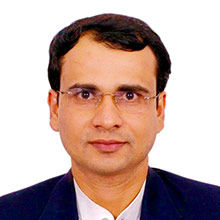Traditionally India's tax regime relied heavilyon indirect taxes including customs and excise. Revenue from indirect taxes wasthe major source of tax revenue till tax reforms were undertaken during thenineties. The major argument put forth for heavy reliance on indirect taxes isthat India's majority of population is poor and thus widening the base ofdirect taxes has inherent limitations. The ratio of indirect taxes to GDP in India increased from 3.99 per cent in 1950-51 to13.32 per cent in 1985-86. It then declinedto 10.95 per cent in 1999-2000 and increased thereafter to 12.70 per cent in2008-09
In order to simplify and rationalize indirecttax structures, Government of India (GOI) attempted various tax policy reformsat different points of time. From 1950s to 1970s, base of the indirect taxesparticularly excise duties was widened. However, taxing the intermediate inputsof manufacturing process led to inefficient allocation of productive resourcesand part of non-offset taxes remained enough to make exporters less competitivein world markets during this period. The GOI constituted Indirect TaxationEnquiry Committee in 1976which submitted the report in 1978 with recommendationthat indirect taxation should move towards taxation of final products andintroduce a modified form of value added tax (MODVAT). The major reformsannounced under union excise taxation during the subsequent years aimed atreducing the number of effective rates after harmonization of the tariffclassification with the customs nomenclature and implementing MODVAT during1980s. The excise duty collection as Central Value Added Tax (CENVAT) wasintroduced in 2000 through re-naming of MODVAT
The Author is Economist with Confederation of Indian TextileIndustry (CITI)







Comments